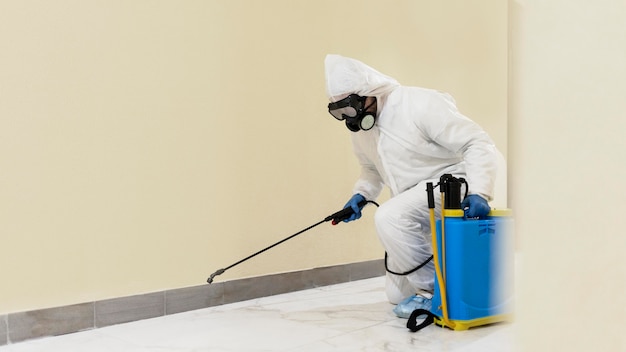
Expert Termite Detection Methods for Local Prattville Termite Inspection Services
Termites are among the most destructive pests homeowners can encounter, causing significant damage to wooden structures if left unchecked. Early detection is crucial in mitigating the extent of damage and ensuring effective treatment. In Prattville, termite inspection services have honed their methods to expertly identify and address termite infestations. This article delves into the various termite detection techniques utilized by local Prattville inspection services, providing homeowners with a comprehensive understanding of how these methods work to protect their properties.
Visual Inspections: A Foundational Approach
Visual inspections are typically the first step in the termite detection process. Trained inspectors meticulously examine a property for visible signs of termite activity. This method relies heavily on the expertise of the inspector to identify the subtle signs of infestation, which might be overlooked by an untrained eye.
Key Indicators of Termite Activity
- Mud tubes on walls, foundations, or other structures.
- Damaged or hollow-sounding wood.
- Discarded wings near windowsills or doors.
- Frass (termite droppings) resembling sawdust.
Although visual inspections are critical, they are often complemented by more advanced detection techniques to ensure comprehensive assessment. Learn more in this detailed guide.
Advanced Detection Technologies
In addition to visual inspections, Prattville termite inspection services employ a range of advanced technologies to detect termites that may not be visible to the naked eye. These technologies enhance the accuracy of inspections and ensure early detection.
Thermal Imaging Cameras
Thermal imaging cameras are used to detect heat patterns and anomalies behind walls and other surfaces. Termites generate heat as they consume wood, and these cameras can identify areas of termite activity based on the heat signatures.
- Non-invasive and quick to deploy.
- Effective in identifying hidden colonies.
- Helps in pinpointing exact locations of termite activity.
Explore further insights here.
Acoustic Emission Devices
This technology involves listening for the sound of termites as they move and chew through wood. Acoustic emission devices amplify these sounds, allowing inspectors to detect termite activity in areas that are not easily accessible.
- Can detect early stages of infestation.
- Useful in areas with limited visibility.
- Non-destructive and highly sensitive.
Moisture Meters and Borescope Cameras
Moisture meters and borescope cameras are additional tools that enhance termite detection capabilities. Moisture meters can identify areas with high humidity, which are often conducive to termite activity, while borescope cameras allow inspectors to see inside walls and other enclosed spaces.
Benefits of Using Moisture Meters
- Identify potential risk areas that are attractive to termites.
- Non-invasive and quick to provide results.
- Helps in preventing future infestations by addressing moisture issues.
Advantages of Borescope Cameras
- Provides a visual confirmation of termite presence.
- Can be inserted into small openings for a closer examination.
- Reduces the need for unnecessary structural damage during inspections.
Find additional information here.
Conclusion
Effective termite detection is a multi-faceted process that requires a combination of expert knowledge and advanced technology. In Prattville, termite inspection services utilize a range of methods to ensure thorough and accurate detection of termite infestations. Homeowners are encouraged to engage professional services for regular inspections to protect their properties from the potentially devastating effects of termite damage. For those interested in learning more about termite inspection techniques and services, read more about this topic and safeguard your home against these silent destroyers.